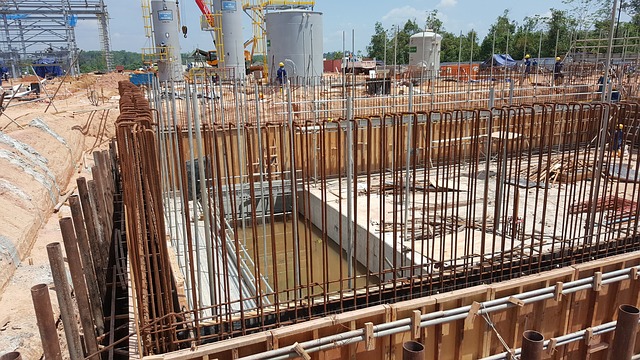What is the purpose of underpinning? Underpinning refers to the building of extra-stiff footings on your house. Underpinning is an important structural support system that provides reinforcement and balance. It is more common than dirt and was first described by Leon Battista Alberti (De Re Aedificatoria) in 1452. This article will discuss the advantages of Underpinning Melbourne as well as when it might be necessary.
The process of underpinning your home can be DIY-friendly. If you have any questions, consult a professional. Home foundation contractors are qualified to assess your building and can bring any equipment required for your project. They can perform an accurate assessment to determine whether underpinning is required. A qualified engineer will tell you whether you need a foundation repair, or a foundation replacement. You might also need to have your property inspected and certified by a structural engineer.
A team made up of professionals will dig the holes underneath your foundation and fill them with concrete. Your home will be stabilized if reinforcements are needed. You can either use heavy machinery or manual methods to underpin your house. There are many options, but a professional can help you choose the best method. Call an expert today to ensure safety and stability for your property.
It is also important to consider the existing structures. Sometimes they donâ€TMt have sufficient foundations or the ground underneath them has changed over the years. To prevent further damage, these structures will need to be underpinned. While traditional underpinning is still widely used, it is generally only referred to in a metaphorical sense. This is because underpinning is a necessary procedure for preventing a building from shifting. Additionally, underpinning prevents foundations from shifting.
When a buildingâ€TMs foundation is not strong enough for a new structure to be supported, underpinning will be required. Underpinning is usually required when excavations have taken place next to an existing structure. If you are planning to renovate or expand your property, or if it is being subdivided into multiple units, underpinning may be required.
Underpinning can be done with hand-dug piers or helical piers, or even minipiles. In the end, the court ruled for CUCS, a New York City building developer company that wanted to support Aymesâ€TMs building. The company was required by the court to show that there was no alternative plan or procedure and that underpinning was necessary. The Court approved the project in two years. It was also necessary for the homeless shelter system to gain access to affordable housing as part of the project.
Underpinning is an important process for repairing a failing house foundation. It involves digging beneath the existing footing and determining the extent of the damage. Once the foundation damage has been determined, a new concrete layer will be placed around the foundation. This stabilizes soil beneath and returns walls to their original levels. So when is underpinning necessary? The answer is very simple:
When a foundation needs to be repaired or when there is a need for a new addition. An engineer is required to help with underpinning. While it’s not technically difficult, it can be risky if you’re not experienced in it. It is important to have an experienced contractor for underpinning. To avoid unnecessary underpinning, it is best to get at least two quotes and to
compare them.
Ask each contractor what they include in the price and how much you’ll need to pay in total. A good underpinning contractor will include the costs of the concrete slab removal and replacement. They should also include the cost of a structural engineer’s inspections and council fees.

